
Toyota's Shigeki Tomoyama speaks with Toyota Times and shares thoughts about the importance of continuing to make sports cars and what the future of mobility looks like.

“We will transform Toyota into a mobility company”
“The last car standing will be a car that’s 'fun to drive'”
Both of the above quotes are from Toyota President Akio Toyoda. The first one was from a press conference he gave in the U.S. in January 2018 during CES (Consumer Electronics Show).
The second was something he said in an interview with Toyota Times Editor-in-Chief Teruyuki Kagawa in response to why Toyota makes sports cars.
To gain a deeper understanding of the meaning behind the statements, Toyota Times interviewed Executive Vice President Shigeki Tomoyama. Tomoyama, charged with both expanding the possibilities of mobility and creating sports cars, was likely to have his own unique interpretation, especially from the perspective of Connected Strategy and MaaS (Mobility as a Service).
Given the nature of these topics, it was decided that they would be best explored over two articles. In the first part, the topic will center more on what a ‘fun to drive’ car is; the second article will go deeper into what Tomoyama thinks about the push to become a mobility company.
*These articles were first published in the Japanese edition of Toyota Times in May 2019.
Your beloved "horse" will remain
Q: Mr. Tomoyama, you are the head of TOYOTA GAZOO Racing (hereinafter “GR”) and TOYOTA Connected Corporation. In your GR role, you are the one that pulls the strings on the vehicle, but in the latter role, it might be described as the exact opposite. From your perspective, please explain what is meant by “The cars that survive will be those that are 'fun to drive'”.
- Shigeki Tomoyama
-
It is referring to the thinking that when the commoditization of cars becomes more mainstream and thought of as more communal in society and an extreme way to say it would be that “the only cars in people’s garages will be sports cars”. Human desires such as being able to drive around freely, to drive fast, or even drive further are universal. People are eager to meet those desires, and so they become passionate upon finding such a car. This is also the reason why President Toyoda insists that a car must be a kind of beloved industrial product – there is a term for it in Japanese, aisha, which means “beloved car”. Even though cars totally replaced 15 million horses in the United States (following the birth of the automobile) as the primary mode of transportation, racing horses are still around. There are people all over the world who are still deeply attached to horses. I don't think you can change the fact that some people want to have their own means of transportation. I was once asked the question, "What will happen to cars with the advancement of IT?" I responded, saying, "They will all go the way of the horse”. Horses are fun to ride, like cars, only they can avoid obstacles. If they come across a hole, they can jump over it. A horse can also communicate with its rider and becomes the rider’s irreplaceable partner. Through the evolution of AI, cars will also eventually be able to communicate with people through services based on connectivity. I think the phrase, “The cars that survive will be those that are 'fun to drive'”, means that even if cars go the way of the horse-drawn carriage, people will still always own a favorite or “beloved horse” (a car in this case).
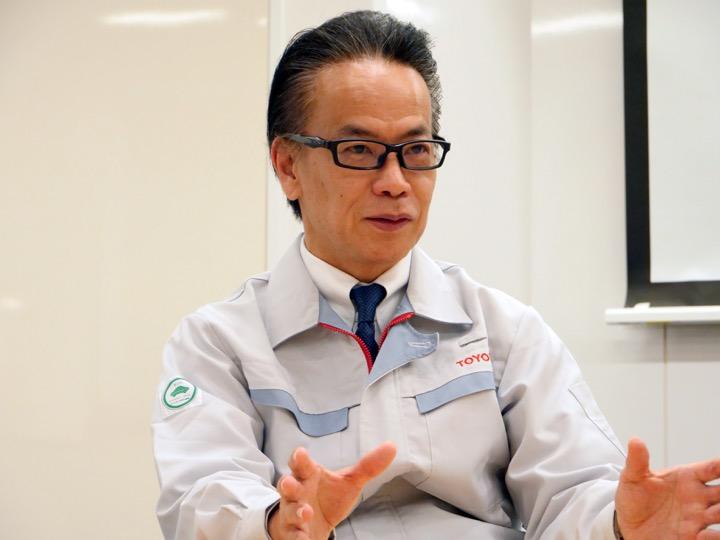
Building a good sports car equals being capable of true monozukuri
Q: So, you’re saying "fun to drive" adds crucial value to personal cars as cars become more and more commoditized. Is there significance in a car manufacturers ability to continue producing sports cars with this “fun to drive” characteristic?
- Tomoyama
-
Whether or not a car manufacturer can mass produce good sports cars is one indicator that it is capable of true monozukuri (making things). In order to build a good sports car, you have to take part in the world’s top-ranking races, compete on an equal footing with or outperform rivals, then put the experience and skills that you have gained in racing into making the car. Also, sports cars cannot be sold in large quantities. One needs to have knowledge of how to produce a wide range of models in small quantities. An automaker that can develop good sports cars and sell them at a reasonable price is capable of true monozukuri.
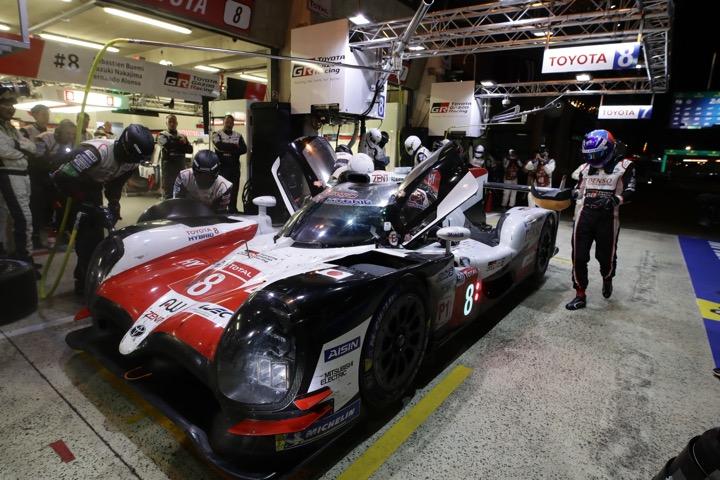
GR shapes hardware, connectivity shapes software
Q: GR aims to use its experiences from motorsports to shape how cars are built. Will that manufacturing mentality also have a positive impact on shared mobility and transportation services?
- Tomoyama
-
This relates to why I wear two hats of responsibility, including both Toyota Connected and GR concurrently. Connectivity provides an opportunity to create new forms of mobility and mobility services, and even a new social system. For example, with the e-Palette, one vehicle can play a variety of roles at different times of the day or on different days of the week. The vehicle itself can become a retail shop that comes to you, for example. In other words, the e-Palette has the potential to create a new role for cars as a sort of communal vehicle in society.
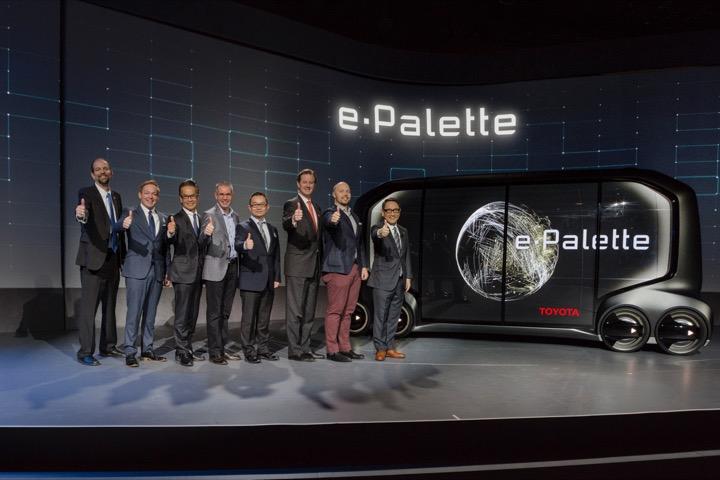
On the other hand, if that happens, you’ll want more than ever to have your own sports car or a hobby car. This is what I mean when I say that “the only cars in people’s garages will be sports cars”. GR focuses on producing sports cars, but having good technology and a strong foundation for making good cars is our bottom line, whether it’s a sports car or a commoditized vehicle, we make quality cars. No matter what form it takes, our goal is to build a car that customers want to drive and, in the end, own. To achieve that, we have to work on and refine both the software and hardware aspects, so connectivity for the former and GR for the latter. Regardless of whether it’s a personal sports car or a new-age mobility for sharing, like e-Palette, it will always have Toyota's unique flavor.
Motorsports and the car business are two sides of the same coin
Q: Sports cars have been dropped from lineups and are less available in the market. Is there an expectation for GR Company to revive sports cars and establish them as an independent profitable business?
- Tomoyama
-
President Toyoda stated clearly, "Motorsports train people and cars, and are the foundation for building good cars.” That indicates that motorsports and the car business are two sides of the same coin. Motorsports are not a means of sales promotion or marketing in and of themselves. If you take part in a lot of motorsport events when business is good but stop participation when business slows down, you will not be able to make good cars. In the extreme environment of racing, we train people and refine technologies, and use the outcomes of both in producing good sports cars. We sell those good sports cars, make a profit, and then invest it back into motorsports. It is important to run this cycle to maintain healthy motorsports and to produce good cars.
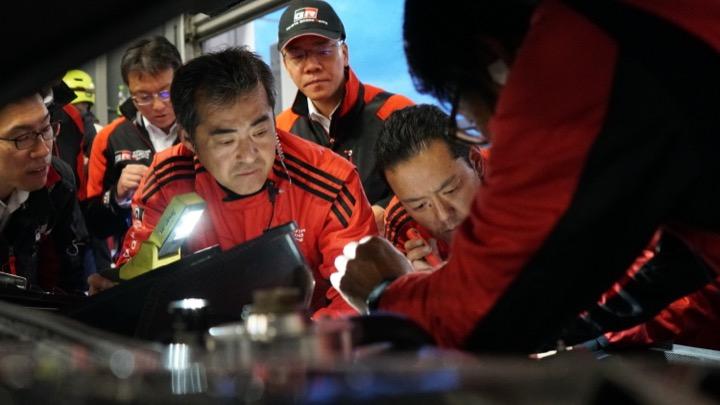
The purpose of the GR Company is not just to engage in motorsport activities or to manufacture sports cars. We take part in races where people will be trained and gain knowledge and experience first-hand, which can be channeled into sports car development. That has a ripple effect on reforming the way we work at Toyota overall, which ultimately strengthens our foundation for making good cars. This is the important mission GR has.
Q: Making the Supra more sophisticated for the Nürburgring race can be seen as necessary for the development of the Supra; but what effect does developing the Supra more have on the Corolla or other family cars?
- Tomoyama
-
In motorsports, you need a higher level of performance under marginal conditions than would occur in general driving situations. For these circumstances, we continually refine the powertrain, suspension, and car controls. The technologies that we refine here are also critical and applicable to improving the ride comfort and driving performance of standard cars. To provide a specific example, we competed in the WRC with the Yaris. According to the regulations, there are certain parts and components that we have to use, such as the base structure of a commercially available car (commonly able to purchase vehicle). In order to win, however, it requires more suspension stroke than would normally be available, which means you need to review the design of the commercially available car to attain the necessary stroke. A significant amount of the experience we gained at the WRC will be reflected in the next Yaris model*. As you can see, improving the suspension stroke leads not only to winning races, but also to improving ride comfort, driving performance, and marginal performance of even a commercially available vehicle. Applying what we have learnt through racing to the development of our commercially available vehicles takes us to the next level of car manufacturing, which is uniquely different from developing a car based only on conventional test courses. *Announced June 2, 2020: https://global.toyota/en/newsroom/toyota/32741087.html
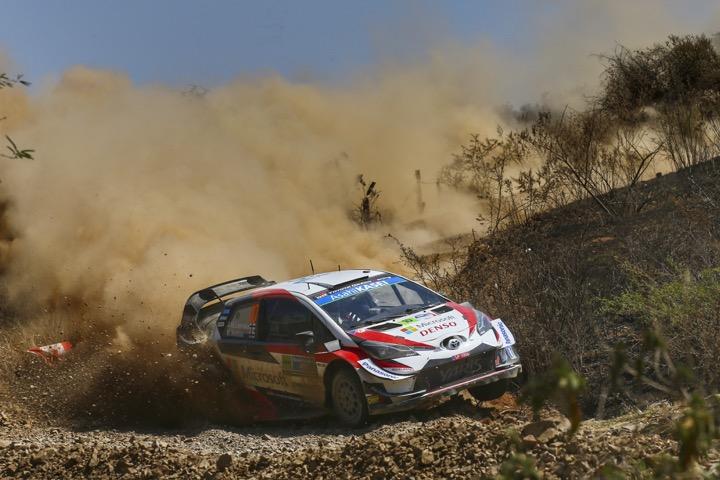
Integration of management and frontline team members is essential for building a strong team
Q: What did you personally learn and rediscover as a result of your own in-depth involvement in the WRC?
- Tomoyama
-
Last year, I personally attended six WRC races out of 13. President Toyoda also joined WRC Rally Finland and stood on the podium with the drivers. Top management going to races is not about improving the results of the race; it's about top management experiencing the ups and downs with the team on the spot, witnessing what happens there and sharing the challenges with the frontline team members. In this way, management and frontline team members become one team, which is essential for building a strong organization. In short, I am convinced it leads to manufacturing good cars. Last year, three Yaris units competed in the WRC and won the manufacturers' title. However, over the 13 races, our team had to withdraw a total of 14 times. We came up against lots of problems in the real race environment. In the period of time between the end of one race and the beginning of the next – which is less than a month – we needed to improve the race car by comparing what happened during the race against the car data. Drivers, engineers, and mechanics work together as one team, beyond the borders of their professions and areas of expertise to make improvements during this limited timeframe. Then, we race again, and the car breaks down again. And we improve it. It means we run the development cycle 13 times a year, while it takes Toyota two years to complete just one cycle (on a single commercially available vehicle). I believe this way of working will definitely have a positive impact on the way Toyota does things.
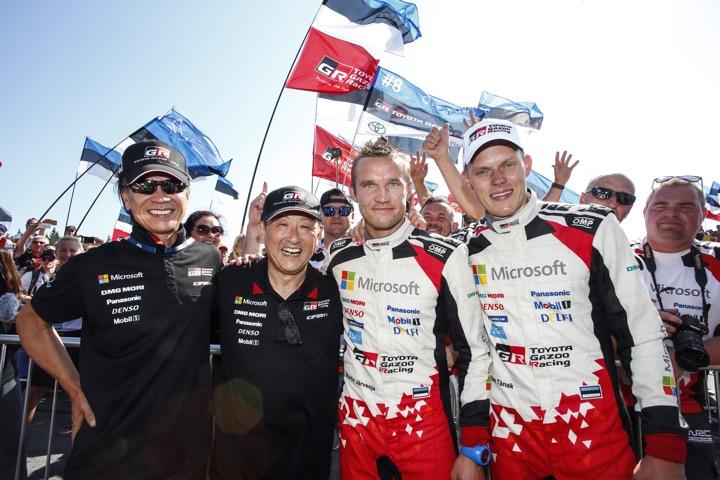
The latest racing car is the latest connected car
Q: In January 2018, shortly after launching the e-Palette, the “GR Super Sport Concept” was presented at the Tokyo Auto Salon. At the time, you stated that "a racing car is a connected car”. I understand that motorsports impact the nature of the car in terms of how it runs, turns, and stops; but how do you think motorsports impacts the world of connected vehicles?
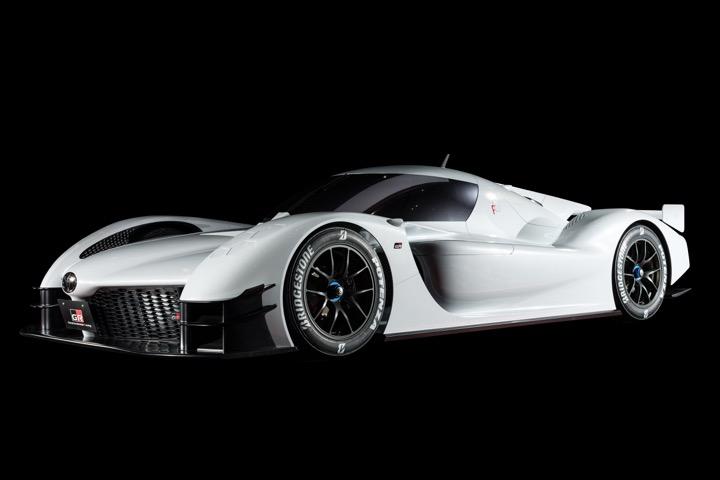
- Tomoyama
-
The latest racing car is the latest connected car. Rally cars, as well as those on circuits, are equipped with many sensors and communication terminals that are constantly transmitting car data. We check the provided data and the actual driving performance to make kaizen (improvements). And we make a continuous cycle of improvements. Connected cars are indispensable in order to "visualize" the current state of the car in real time. You don’t get a car to turn right just by turning the steering wheel to the right. Particularly evident in a race, the driver has to actively control the brakes and accelerator at the same time as turning the steering wheel to turn safely at high speeds. I think that applies to ordinary cars as well. For example, the way that Ott Tänak (TOYOTA GAZOO Racing WRC driver), one of the top drivers in the world, can turn safely at a speed of around 150 km/h on a poor road surface is an important piece of data when it comes to making better cars.
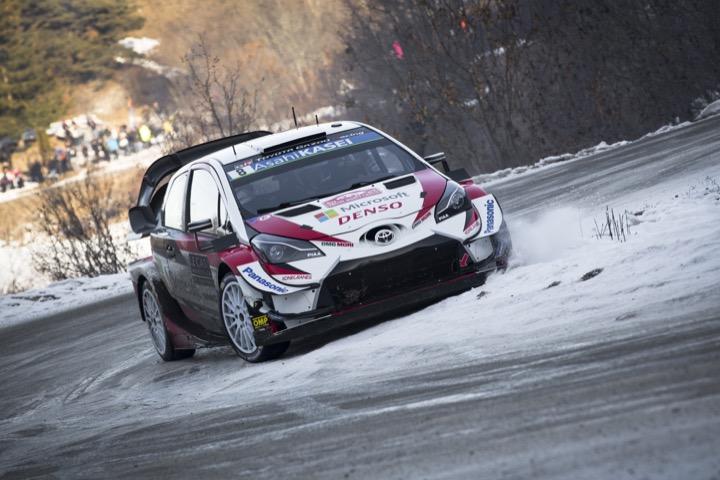
In order to develop the technology that ensures safe control of the vehicle even in a marginal situation when the tires lose their grip, the data that is provided becomes an important asset. In the future, the idea is that everyone will be able to drive a car as fast, as safely, and as beautifully as Tänak does.

